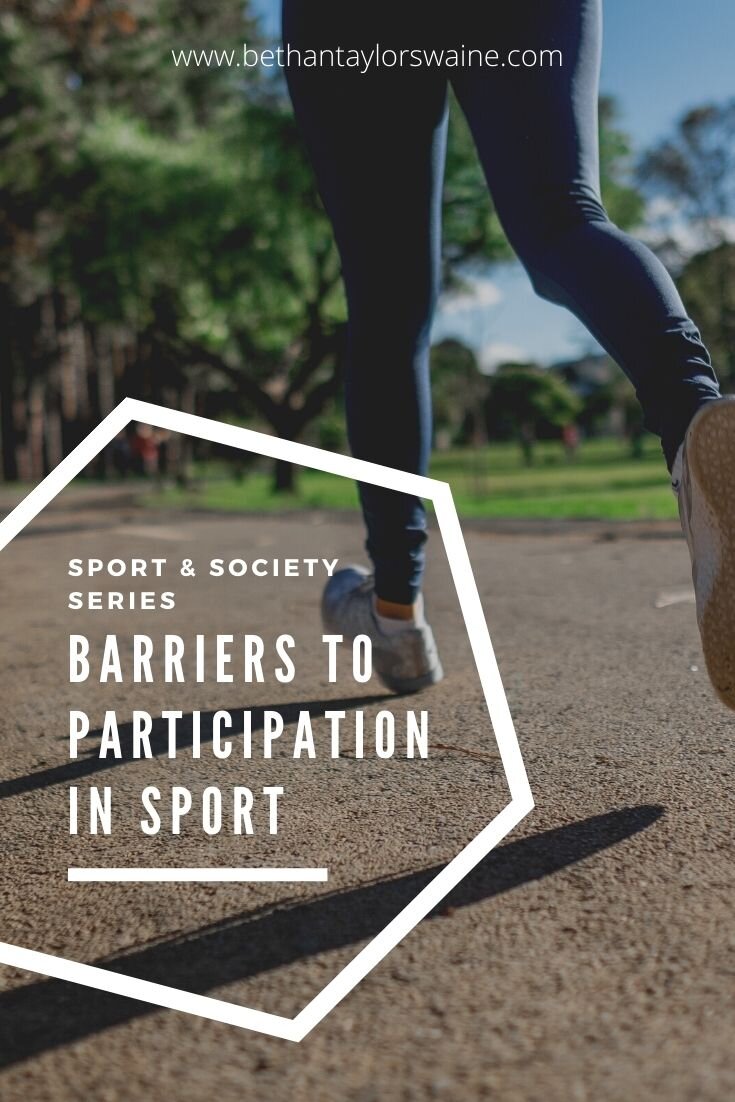Barriers To Participation In Physical Activity
If I’m being honest I found this post really hard to write. While I am an academic working in sports management and sociology I spend my time deep in the minutiae of issues and found it really challenging to distill complex and multi-faceted issues into a short introductory post. I hope I’ve hit the mark, but please do ask if you have any questions, I’m also planning to follow up with a few post that delve into these issues in more detail.
Over the last week or so it’s been hard to avoid the plethora of eye-catching headlines encouraging us to ‘lose weight, beat coronavirus and protect the NHS’ prompted by a Public Health England review of evidence suggests that the risk of hospitalisation, need for intensive care and death due to COVID-19 increase with increasing BMI. It’s fair to say that these headlines have provoked a lot of conversation in the press and on social media, and not without good reason.
The strategy includes measures that are ostensibly designed to promote ‘Better Health’ such as banning TV and online adverts for foods high in fat, sugar and salt before 9pm, ending BOGOF deals on unhealthy foods and displaying calories on menus as well as a strategy promoting walking and cycling to encourage people to be more physically active.
These measures aren’t necessarily bad in and of themselves, it’s the fact that the government’s strategy is based on ideas around personal responsibility. By promoting the idea that people should lose weight to ‘beat coronavirus and protect the NHS’ the government is subtly shifting responsibility for an institution from themselves to the individual. However, is it really fair to ask people to do this when there are social and economic barriers in the way that are incredibly difficult for the individual to overcome?
There is A LOT to unpick here, far too much for one blog post, so I’m going to start with a brief intro to barriers to participation in physical activity. I am fascinated by the factors that influence why people do, and do not, participate in physical activity and it’s a key part of my work.
Barriers to Participation
There are a myriad of reasons why people don't participate in physical activity - they're embarrassed, they've had bad experiences in the past, they're busy, they don't know how to access activities, they're intimidated, they don't believe physical activity is 'for' them, they don't have the resources to access it. The list goes on and on, and all these reasons are underpinned by some pretty hefty social issues as well. I am forever saying that participation is complex, and that's because it is.
PRIVILEGE - One of the biggest barriers to participation is the impact of privilege. For lots of people engaging in physical activity isn’t as simple as hopping on a bike and going out for a ride, and to suggest otherwise is ignorant of the impact of privilege - parents who encouraged an active lifestyle, resources to access facilities, confidence to walk into a gym or a class, time and freedom from other commitments. The government’s strategy is predicated on ideas about individual responsibility that are arguably reductionist and overlook the impact that privilege (or more specifically lack of privilege) have on people’s choices when it comes to participation.
TIME AND MONEY - Intrinsically linked to privilege is the fact that at a very basic level participation in physical activity, and particularly organised sports, is a luxury that relies on people having discretionary money and time. Active participation correlates positively with income, education and occupational status (Coakley and Pike, 2014) as over time economic inequality in society leads to class-based lifestyles that have varying priorities. For example, if you’re struggling to make ends-meet, working a physically demanding job or have caring responsibilities you’re less likely to have the money to spend on sports equipment or the time to invest in physical activity because you need to invest those limited resources elsewhere.
GENDER - Sport as we know it emerged during the Victorian era. It was very much the domaine of men and became a symbol of masculinity, chauvinism and power. Women for the most part were excluded. Although a lot has changed, social and cultural ideas about how the genders ought to behave remain pervasive and continue to play a role in the choices we make, for example whether we choose to participate in sport, what sport and to what extent.
PREVIOUS EXPERIENCES - maybe you had a bad experience of sport at school, or maybe the last time you went to the GP the focus was on your weight rather than your cough and you felt embarrassed, whatever it is previous experiences can stand in the way of people engaging in physical activity. Sport can appear hugely elitist if you’re looking in from the outside and it’s easy to believe that unless you look or perform a certain way you’re not welcome or that activity is simply ‘not for people like me’, irrespective of what people tell you to the contrary. The government’s narratives around personal responsibility neglects the fact that physical activity can feel like a closed cycle to so many people.
Even with policy intervention these barriers to participation are deeply entrenched in a way that influences our view of our selves and our place in society. Think about it, if you’ve always thought that physical activity isn’t for you it’s going to take more than being told that you need to lose weight to take pressure off the NHS to overcome those barriers.
This post has only skimmed the surface when it comes to why people might not engage in physical activity, as I mentioned earlier this is a really complex issue that requires considerable thought to overcome, and based on what the government has shared to date I’m just not convinced that this thought has happened.

